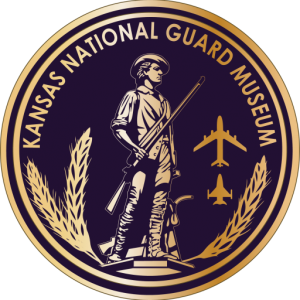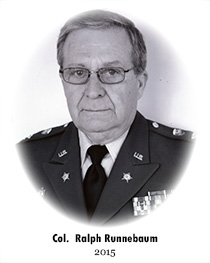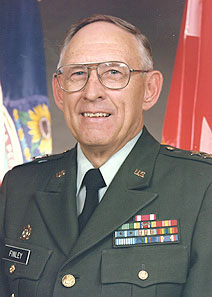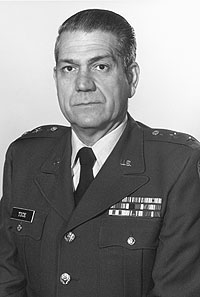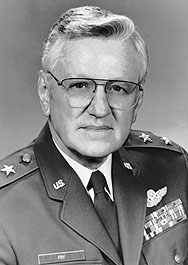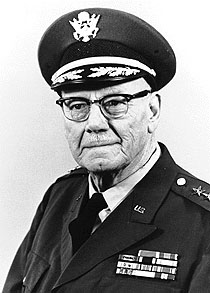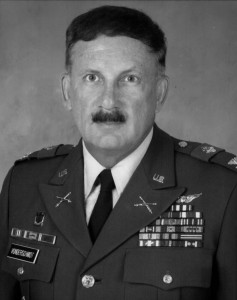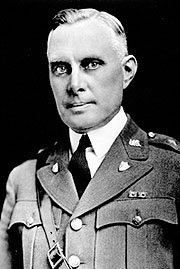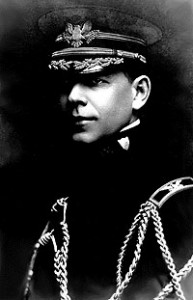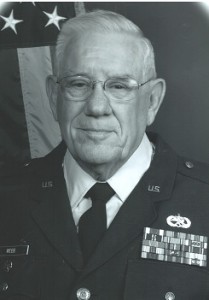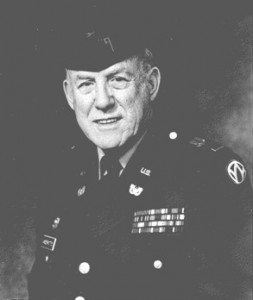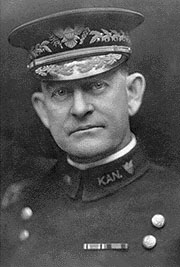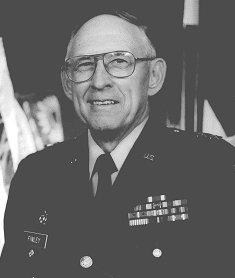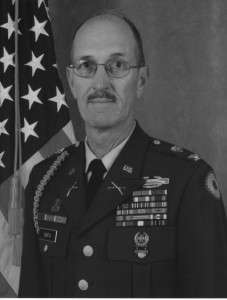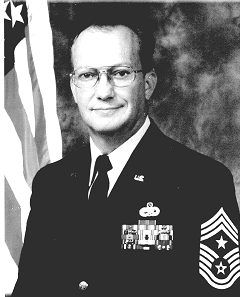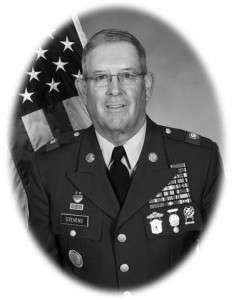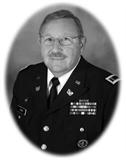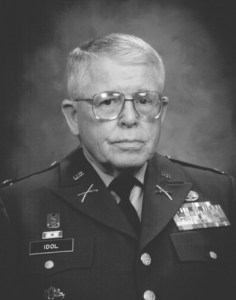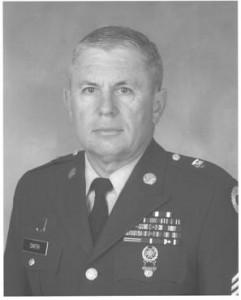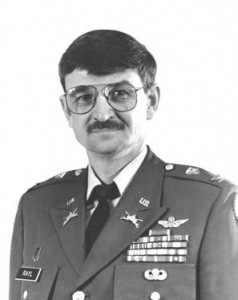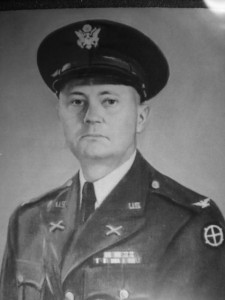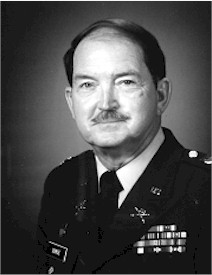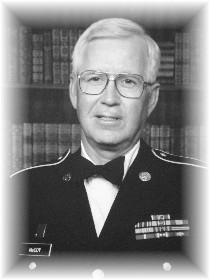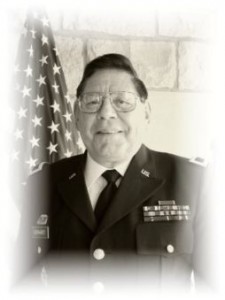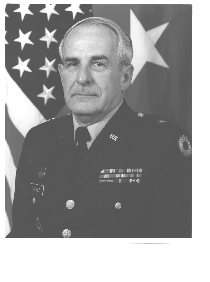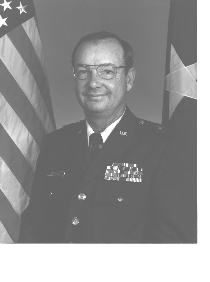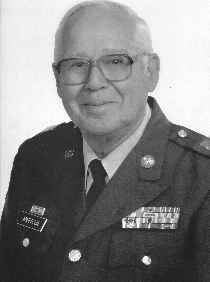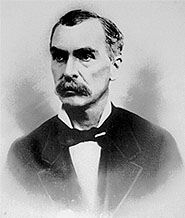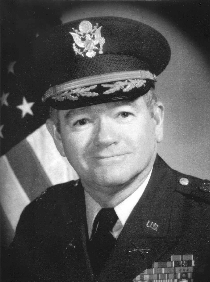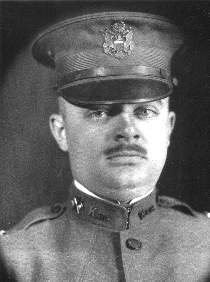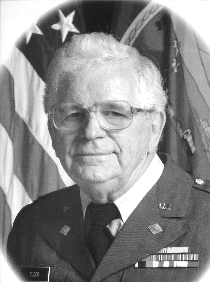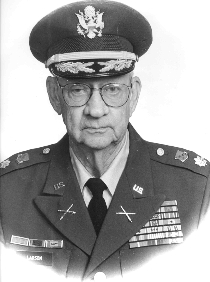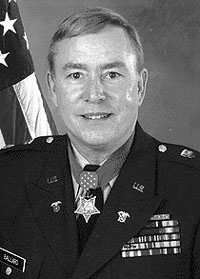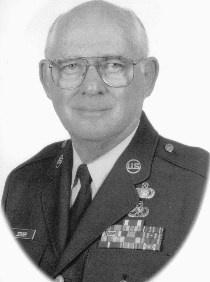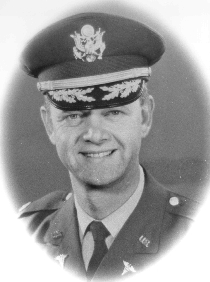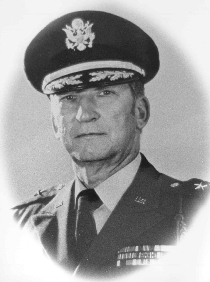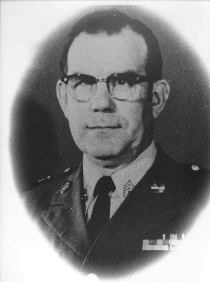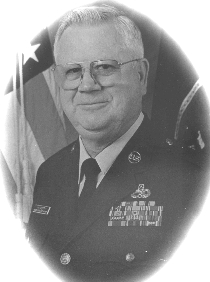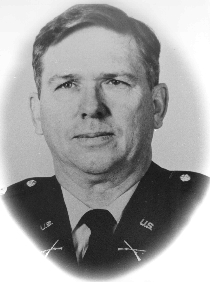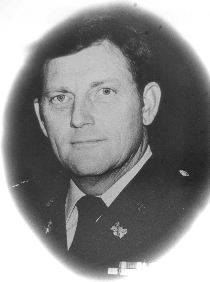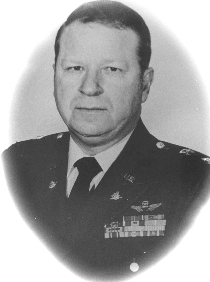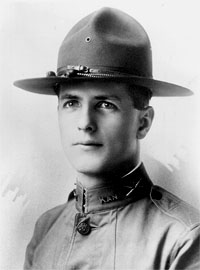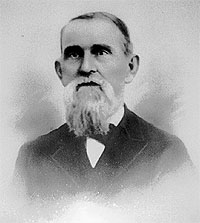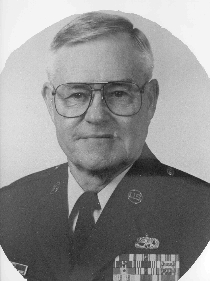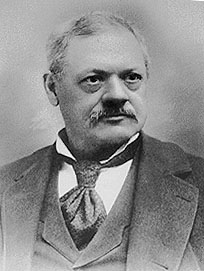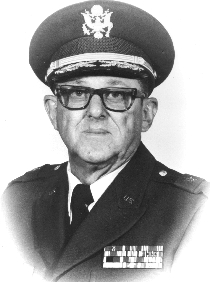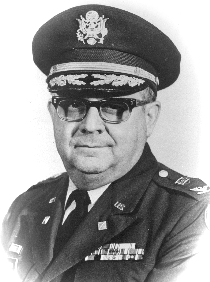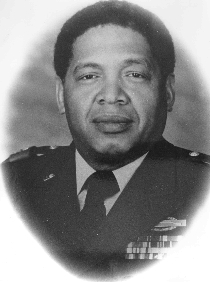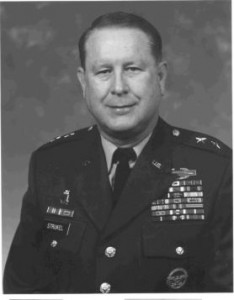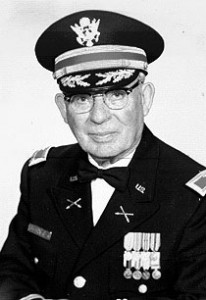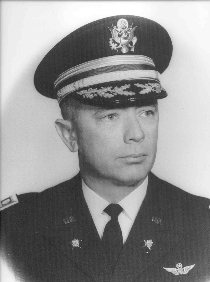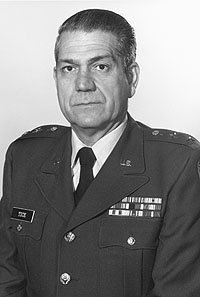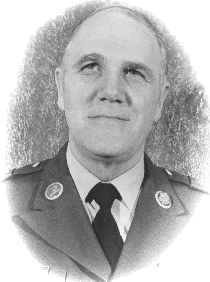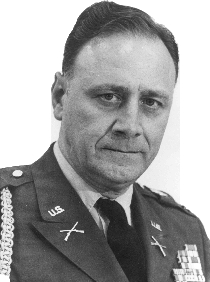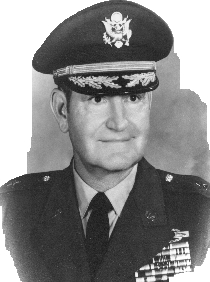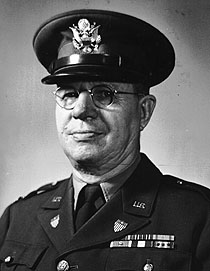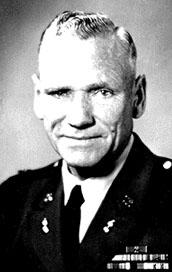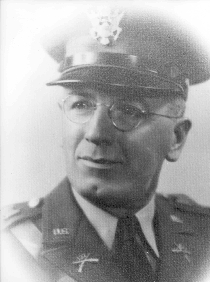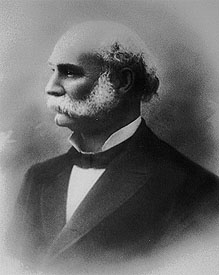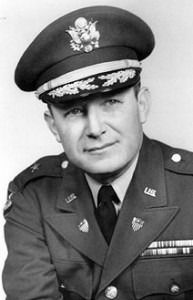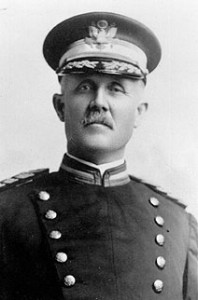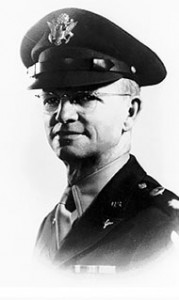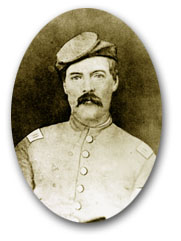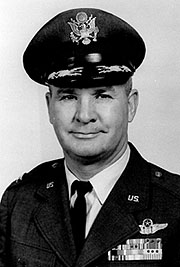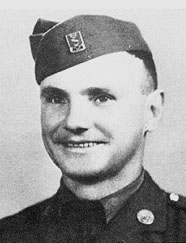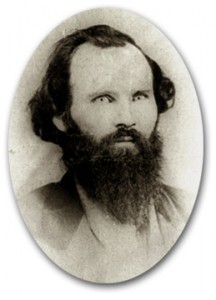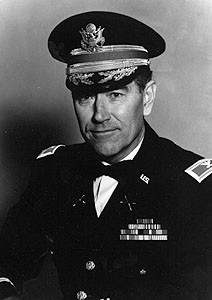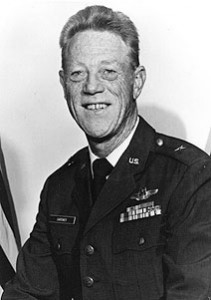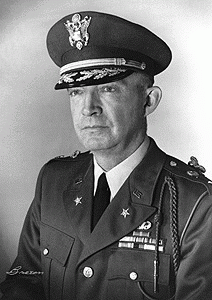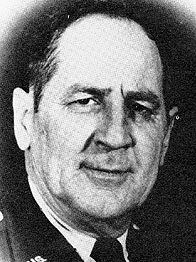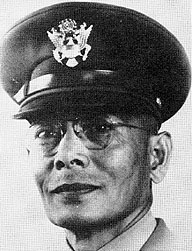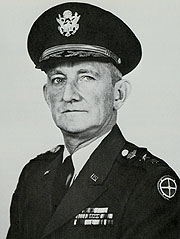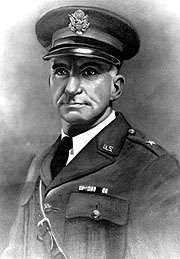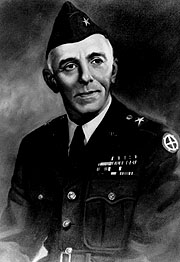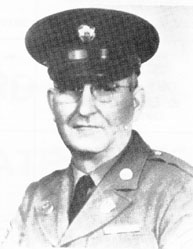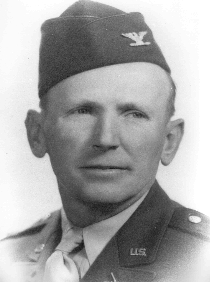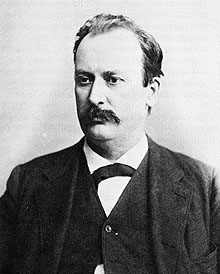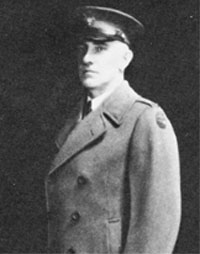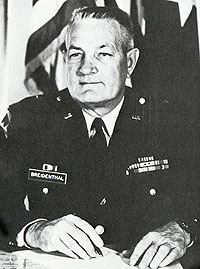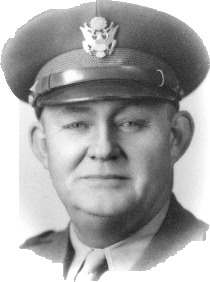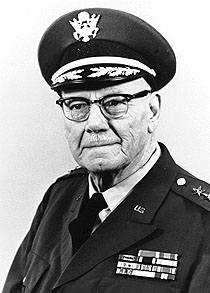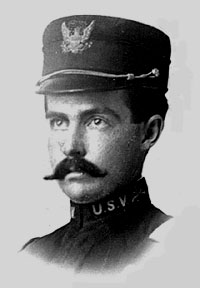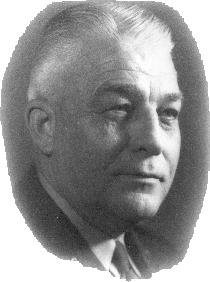The Twelfth Regiment Kansas Volunteer Infantry was raised in response to a call of the President of the United States, dated July —-, 1862, for 300,000 volunteers for “three years, unless sooner discharged.”
The quota of Kansas under this call was three regiments of infantry. Hon. James H. Lane, then U.S. Senator from Kansas, was authorized by the War Department to raise this quota of troops, and, under certain restrictions, to officer the same when mustered into the United States service, thereby taking from the Governor of the State the right to commission the officers, and ignoring his authority.
In the month of August, 1862, Charles W. Adams, of Lawrence, was authorized to recruit a regiment of cavalry in the counties of Wyandotte, Johnson, Douglas, Miami, Franklin, Coffey, Allen, Linn and Bourbon. Within six weeks after the authority for recruiting was given, the regiment had more than the minimum number of men in readiness to take the field. The regiment rendezvoused and was mustered into servce at Paola, Kansas, in the month of September, 1862.
On the 7th day of September, 1862, while Co. H was being recruited in Johnson county, Quantrell’s guerrilla band surprised the town of Olathe, sacked the place, and murdered five unarmed men of that company.
In the month of October, Cos. A and I were ordered to the town of Olathe, Kansas, and Cos. G and K were ordered to Mound City, Kansas.
The regiment was divided and detachments stationed at different points along the line between Kansas and Missouri, as follows: Paola, Olathe, Wyandotte, Shawnee, Mound City, Trading Post, Fort Scott, Leavenworth and Fort Riley, performing various kinds of service, mainly escorting forage trains, and occasionally pursuing guerrilla bands, which so numerously infested the borders. One company–H–was stationed at Fort Larned, Kansas. These posts were guarded by the 12th Regiment alternately, and also occupying Kansas City, Westport and Hickman’s Mills, Mo., constantly scouting and marching from place to place, collecting forage and protecting the loyal people on the border of Missouri and the whole State of Kansas from the ravages of merciless bushwhackers and thieves.
On the 8th of October, 1863, a detachment participated in an engagement at Baxter Springs, in which company B lost one man killed–Private John T. Moore.
The 28th of October, 1863, Cos. B, E and F were ordered to escort a supply train via Fort Gibson to Fort Smith, Ark., where they arrived November 17, 1863.
In the month of November Cos. A, C, D G, I and K concentrated at Fort Scott, Kansas, preparatory to starting to Fort Smith, (Co. H still remaining on the Plains at Fort Larned), and on the 13th day of December they started. The march was executed through rain, snow and mud, a distance of two hundred and ten miles, in fifteen days.
In the month of February, 1864, Co. H joined the regiment at Fort Smith, Ark., and remained on duty with it at that place, performing escort duty almost constantly with forage trains.
On the 23d of March the regiment marched with the 2d Brigade, Frontier Division, 7th Army Corps, from Fort Smith on the Camden Expedition, and on the 9th of April, the Division, commanded by Brig. Gen. J. M. Thayer, joined the portion of the 7th Corps that marched from Little Rock, under command of Maj. Gen. Steele, at Little Missouri River, having been on a forced march from the time it left Fort Smith.
The roads were in an almost impassable condition, on account of the snow and heavy rains which had fallen during the winter and early part of the spring. On the 11th of April the entire army moved forward about five miles to Prairie de Anne. On the 12th, the enemy not giving any evidence of battle, the regiment moved with the main command across the prairie in the direction of Camden, marched into the timber about three miles beyond Moscow, and encamped for the night, where it remained until the next day about noon. The train, in the meantime, had been laboring to cross the Terre Nor Swamp, and had so far succeeded that orders were given to “sling knapsacks,” when suddenly rapid firing was heard in the rear. The regiment fell into line with all dispatch, and was ordered to reinforce the troops engaged. The enemy kept falling back gradually for about five miles, and finally ceased firing and withdrew. The regiment then resumed its march, and entered the Terre Nor Swamp, and darkness overtaking it, the night was passed there.
The regiment proceeded with the command to Camden, Ark., without further interruption, where it arrived on the 16th of April, and remained there until the 26th, when, upon learning the enemy had been largely reinforced by the rebel Gen. Kirby Smith, who had just returned with this command from the campaign against Gen. Banks, and having but two or three days rations, the army could not longer hold its position, and on the 26th the town was evacuated.
In the meantime, on the 18th of April, a detachment of the Frontier Division, under command of Col. J. M. Williams, was attacked at Poison Springs, on a foraging expedition, by an overwhelming rebel force, and after a very severe engagement, and considerable loss in killed and wounded, Col. Williams command being short of ammunition, the train was abandoned and fell into the hands of the enemy. On the evening of the 29th of April, the army reached Jenkins’ ferry or crossing on the Saline River. As the command approached the river, the rear was attacked by the enemy with artillery. At the same time a violent rain commenced falling, which continued until the next day, in a very short time making the roads impassable for trains. On the morning of the 30th, the enemy renewed the attack in force, and the battle continued with great fury until 2 o’clock p. m., when the enemy withdrew his forces from the field. After repelling the enemy, the command succeeded in crossing the Saline River that afternoon, and as it was entirely destitute of rations, it was compelled to march with the greatest haste possible in the direction of Little Rock, and encamped for the night five miles from the battle field.
On the following morning the march was resumed, after burning nearly all the baggage and clothing. The men, worn down by excessive fatigue, were no longer able to carry blankets or knapsacks, and it was with the most vigorous effort, and the hope of meeting supplies, that they were able to drag their weary bodies forward. The cavalry brigade was sent in advance to Little Rock to procure rations for the command. The worn-out infantry was met with supplies at Fourche, twelve miles from Little Rock. The whole command being so nearly exhausted, it immediately camped for the night to rest. On the following morning (May 8th) it reached Little Rock, where it remained until the 7th, when the 12th Regiment moved with the Frontier Division on a forced march to Fort Smith, for the purpose of repelling a threatened attack on that place, where it arrived on the 17th of the same month, having marched a distance of five hundred and fifty miles in about fifty days from the time it left Fort Smith until it returned, through swamps and marshes, over mountains, wading streams, making roadways during the day, performing guard duty nearly every night, and at no time with more than half rations, sometimes with but a small quantity of unground corn, and part of the time entirely destitute of provisions either for men or animals.
The regiment suffered a greater loss of men from the effects of this most arduous campaign than during all previous marches and engagements, many of the men being entirely worn out by excessive fatigue and continues marching through swamps and in rain, and some were unable to accompany their commands further than Little Rock.
Shortly after the regiment returned to Fort Smith, it was set at work on the fortifications, then in process of construction at that place. A line of earthworks was made about one and a half miles from the garrison, extending from the Poteau River on the west to the Arkansas River on the northeast of the city, a distance of about five miles, and timber felled in front of the line three-fourths of a miles, to prevent the enemy’s cavalry or artillery from advancing upon the Fort.
The following winter the regiment was engaged in escorting forage trains into the country, which were employed in gathering forage for the cavalry and trains at the post, until the 24th day of February, 1865, when it was conveyed on board of a steamer to Little Rock, Ark., where it remained, performing labor on fortifications and doing fatigue and guard duty, until June 3d, 1865, when it was mustered out of service under the provisions of a telegram from the War Department, Adjutant General’s Office, dated May 29, 1865, signed T. M. Vincent, A. A. G., to J. J. Reynolds, Major General commanding Department of Arkansas, to take effect June 30th, 1865.
Source: Report of the Adjutant General of the State of Kansas, 1961-’65. Reprint Edition. Topeka, Kansas: Kansas State Printing Plant (1896), pp. 220-223. Transcription courtesy of Bryce Benedict, Civil War Round Table of Eastern Kansas.

 Maj Gen David Weishaar
Maj Gen David Weishaar


 First Sergeant Darrel W. Haeffele was born on September 25, 1940, in Falls City, Nebraska. He graduated from Atchison High School in 1958. He attended Concordia College in Seward, NE for two years before starting a career in retail.
First Sergeant Darrel W. Haeffele was born on September 25, 1940, in Falls City, Nebraska. He graduated from Atchison High School in 1958. He attended Concordia College in Seward, NE for two years before starting a career in retail.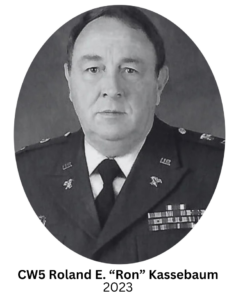 CW5 Roland E. “Ron” Kassebaum was born on February 21, 1946 in Deshler, Nebraska. He graduated from Hebron High School, Hebron, Nebraska in 1964. He attended Fairbury Junior College, Fairbury, Nebraska and the University of Nebraska, Lincoln, Nebraska, and received a Bachelor of Science Degree from the University of the State of New York in 1991. He later attended Liberty University, Lynchberg, Virginia, for courses in accounting and Allen County Community College, Iola, Kansas, for a course in Business Law.
CW5 Roland E. “Ron” Kassebaum was born on February 21, 1946 in Deshler, Nebraska. He graduated from Hebron High School, Hebron, Nebraska in 1964. He attended Fairbury Junior College, Fairbury, Nebraska and the University of Nebraska, Lincoln, Nebraska, and received a Bachelor of Science Degree from the University of the State of New York in 1991. He later attended Liberty University, Lynchberg, Virginia, for courses in accounting and Allen County Community College, Iola, Kansas, for a course in Business Law. Chief Warrant Officer Four Ronald E. Mullinax was born on August 25, 1946, in Norton, Kansas to Earl and Mary Posson. He was adopted by John and Ada Mullinax. He grew up in Lenora, Kansas, graduating from Lenora Rural High School in 1965. After completing a Denver Automotive Institute training program, Ron worked at Look Body Shop in Norton until 1968.
Chief Warrant Officer Four Ronald E. Mullinax was born on August 25, 1946, in Norton, Kansas to Earl and Mary Posson. He was adopted by John and Ada Mullinax. He grew up in Lenora, Kansas, graduating from Lenora Rural High School in 1965. After completing a Denver Automotive Institute training program, Ron worked at Look Body Shop in Norton until 1968. CCMSgt Valerie D. Benton was born on Dec. 10, 1959 in Racine, Wisconsin, where she spent her childhood. She graduated from Washington Park High School in 1978. Soon after graduation she enlisted in the U. S. Air Force and headed to Basic Training at Lackland AFB, Texas in December of 1978. After completion of Basic training, she attended Technical Training at Lowry AFB, Colorado, and graduated as a Food Service Specialist.
CCMSgt Valerie D. Benton was born on Dec. 10, 1959 in Racine, Wisconsin, where she spent her childhood. She graduated from Washington Park High School in 1978. Soon after graduation she enlisted in the U. S. Air Force and headed to Basic Training at Lackland AFB, Texas in December of 1978. After completion of Basic training, she attended Technical Training at Lowry AFB, Colorado, and graduated as a Food Service Specialist. Brigadier General Jonathan P. Small served as The Adjutant General of Kansas from November 1, 2003 to January 4, 2004, culminating a 35-year military career as a distinguished attorney, community leader, citizen-soldier, and military leader. He served as Assistant Adjutant General-Army from 1999 to 2003, and as Commander of the Land Component for the Joint Force Headquarters-Kansas.
Brigadier General Jonathan P. Small served as The Adjutant General of Kansas from November 1, 2003 to January 4, 2004, culminating a 35-year military career as a distinguished attorney, community leader, citizen-soldier, and military leader. He served as Assistant Adjutant General-Army from 1999 to 2003, and as Commander of the Land Component for the Joint Force Headquarters-Kansas.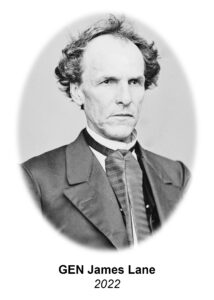 General James H. Lane was a militia leader during the Bleeding Kansas period, the commander of the Kansas “Jayhawker” Brigade during the Civil War, and was one of the first United States Senators from Kansas.
General James H. Lane was a militia leader during the Bleeding Kansas period, the commander of the Kansas “Jayhawker” Brigade during the Civil War, and was one of the first United States Senators from Kansas.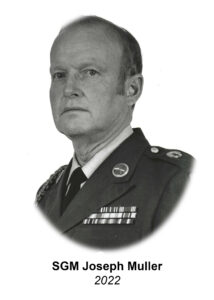 Sergeant Major Joseph T. “Jody” Muller was selected for the Kansas National Guard Hall of Fame for his exceptional service as a citizen soldier in the Kansas National Guard for over 41 years.
Sergeant Major Joseph T. “Jody” Muller was selected for the Kansas National Guard Hall of Fame for his exceptional service as a citizen soldier in the Kansas National Guard for over 41 years.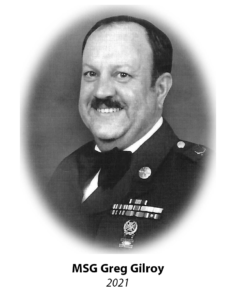 Master Sergeant Greg Gilroy was born on July 25, 1947 at Ottawa, Kansas. He was a lifelong resident of Ottawa, graduating from Ottawa High School in 1965. He then attended Emporia State University during the 1965-66 school year.
Master Sergeant Greg Gilroy was born on July 25, 1947 at Ottawa, Kansas. He was a lifelong resident of Ottawa, graduating from Ottawa High School in 1965. He then attended Emporia State University during the 1965-66 school year.
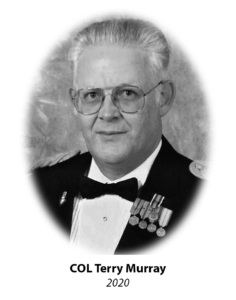
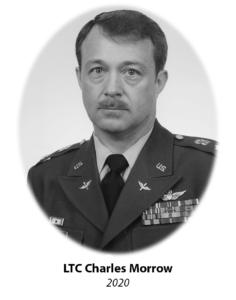

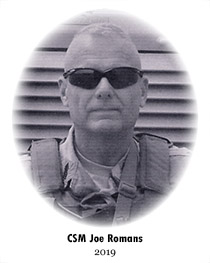
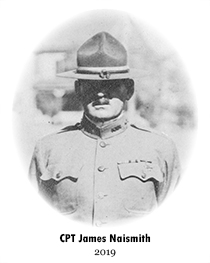

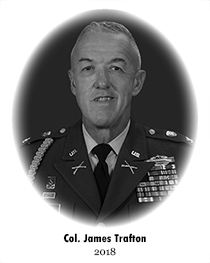

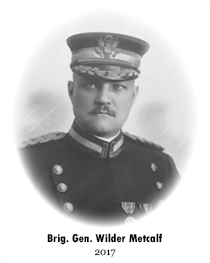
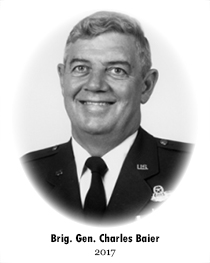
 Brigadier General Deborah Rose entered military service with a direct commission into the United States Air Force Nurse Corps in March 1983, assigned to the 184th Tactical Fighter Group. She transferred to the 190th Clinic in December 1985. In October 1990, she deployed to Jeddah, Saudi Arabia, where she served in an Air Transportable Hospital during Desert Shield. In February 1991, she was activated and deployed to Offutt AFB, Nebraska, assigned to the hospital.
Brigadier General Deborah Rose entered military service with a direct commission into the United States Air Force Nurse Corps in March 1983, assigned to the 184th Tactical Fighter Group. She transferred to the 190th Clinic in December 1985. In October 1990, she deployed to Jeddah, Saudi Arabia, where she served in an Air Transportable Hospital during Desert Shield. In February 1991, she was activated and deployed to Offutt AFB, Nebraska, assigned to the hospital.
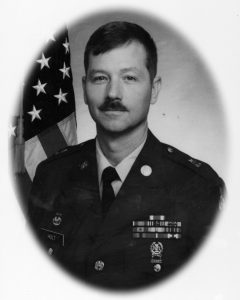 Sergeant Major Lynn E. Holt built his distinguished Kansas Army National Guard career developing strength, retaining Soldiers and insuring Soldiers received proper training. He served from the Detachment through State level. He is known for his ability to recognize Soldier needs at all levels. The same care he felt for Soldiers carried over into his community activities. SGM Holt’s passion for people and their needs exemplifies his true character. He devoted his entire adult life to the betterment of our nation, our state and the Kansas National Guard.
Sergeant Major Lynn E. Holt built his distinguished Kansas Army National Guard career developing strength, retaining Soldiers and insuring Soldiers received proper training. He served from the Detachment through State level. He is known for his ability to recognize Soldier needs at all levels. The same care he felt for Soldiers carried over into his community activities. SGM Holt’s passion for people and their needs exemplifies his true character. He devoted his entire adult life to the betterment of our nation, our state and the Kansas National Guard.